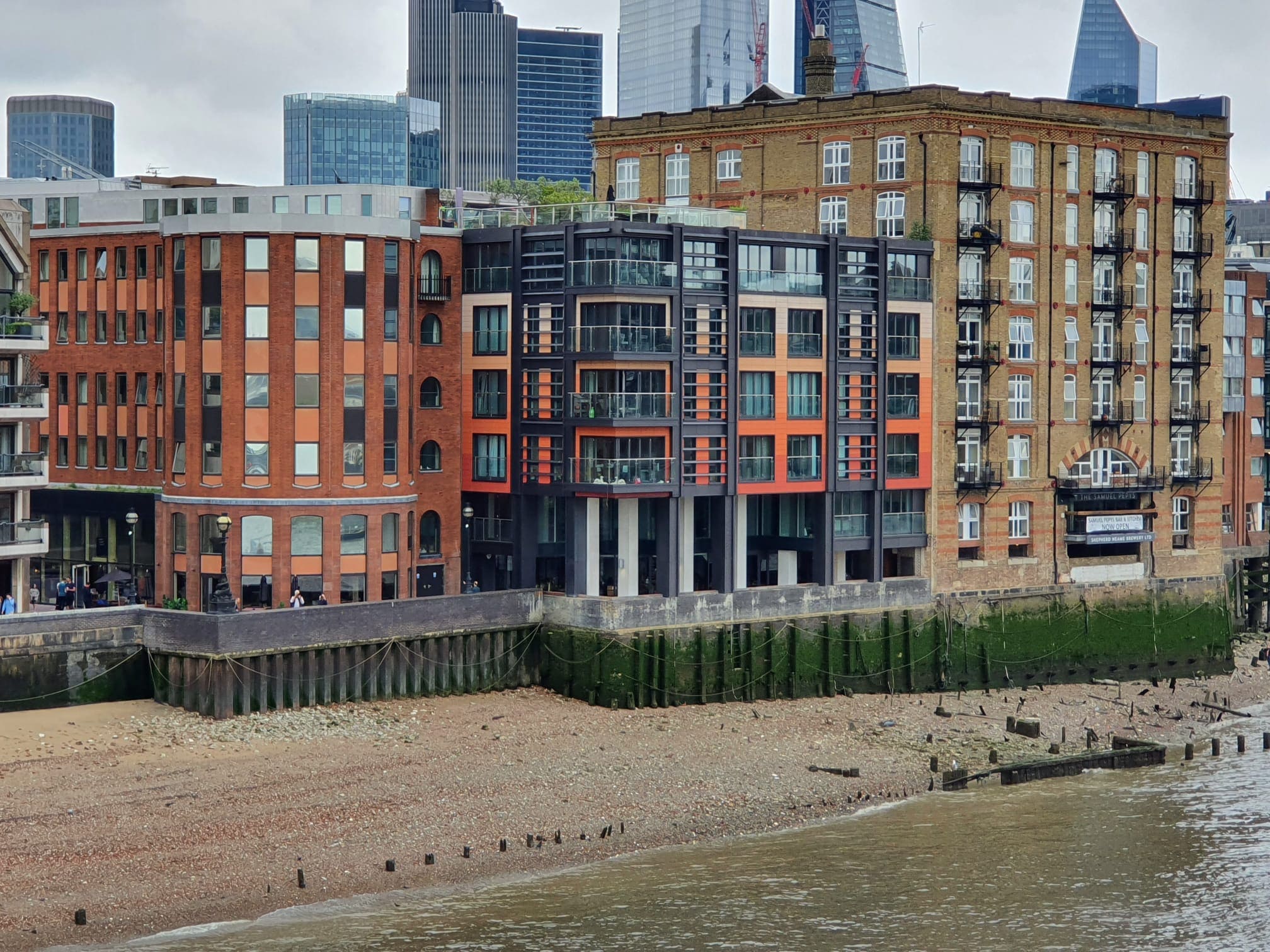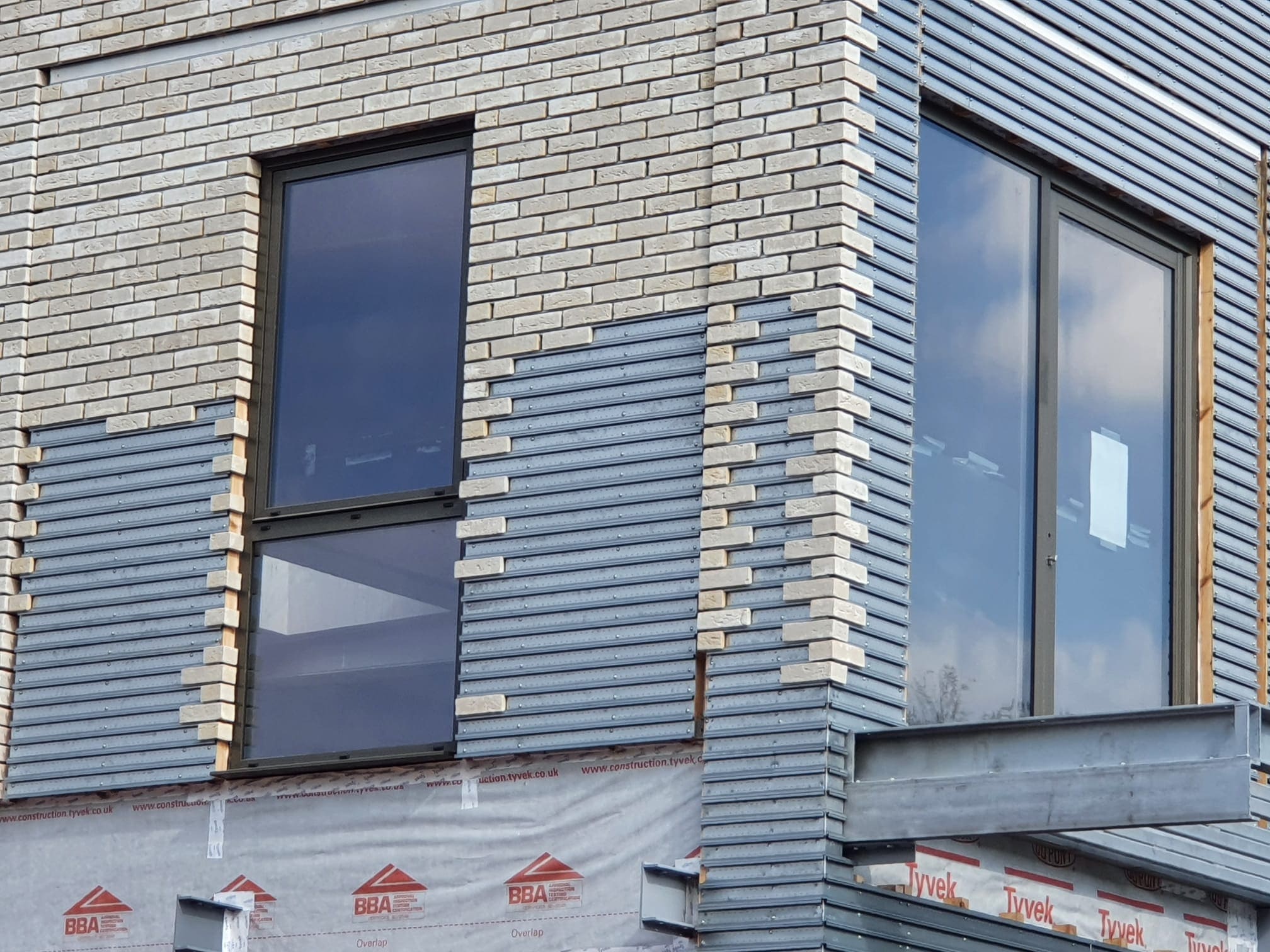09/05/2023
by: Mary-Anne Bowring

How Rental Growth Restrictions Expose Build to Rent's Strategic Gaps
A severe mismatch between supply and demand is the phenomenon behind the UK Living Sector. The lack of supply makes a property more expensive to buy, which means more people rent for longer. However, investors cannot bank on the profound supply-demand imbalance. As house prices are dictated by how much people can borrow, renting is mainly determined by affordability. Renters are only willing to pay so much for their homes, particularly amid a cost-of-living crisis.
Maximizing Returns through Technology and Non-Rental Revenue Streams
The key metric to judge the success of operations is your net operating income. In an era of restrained rental growth, owners and operators will focus on non-rental revenue streams to drive returns. The key to achieving both aims is the integration of technology. Fundamentally, good operations are about creating experiences that are good value for money. Having a resident app can assist with building an onsite community and entice residents to pay for additional services.
Optimizing Efficiency through Automation and Smart Design in Property Management
Operators can drive efficiency and allocate staff resources by automating accounting processes, e-procurement, fire safety regulations, and building safety procedures. Moving these processes online also allows for data harvesting, which can uncover patterns of unsuccessful viewings, repair recoveries, and arrear collections, creating further opportunities to reduce leakage. Good operations also require advising on the design and build quality, including front-of-house, back-of-house, shared amenity spaces, and internal apartments. Less often considered are aspects like the locations of CCTV cameras, designated parking and loading zones, and external landscaping. All developments should be designed to the needs of residents and offered to the surrounding communities.
Redefining Build to Rent: Operational Strategies for a Changing Market
Our involvement with Build to rent schemes included designing layouts for the co-living revolution in shared co-working spaces catering to the young professionals who tend to rent in this sector. Single-family housing requires a very different operational strategy in the absence of shared amenities, for example, by optimizing parking space for the 64% of residents in the sector who commute to work by car.
Well-designed amenities encourage engagement from the wider community. This rapidly changing environment means investors cannot rely merely on the market performance that has driven returns over the past few years. Instead, they must grasp the nettle of ensuring good operations before it is too late.
Shifting Focus to Resident Experience and Additional Services
In the face of limited rental growth, focusing on resident experience has become increasingly important. Property operators are now looking at enhancing amenities and offering additional services that can generate non-rental income. This could include concierge services, fitness centers, or even partnerships with local businesses to offer discounts to residents. By turning the focus to the overall experience of tenants, Build to Rent properties can offer more value and improve retention, while also diversifying revenue streams beyond rental income. Residents who feel more engaged with their community and enjoy the perks of a premium living experience are more likely to stay long-term and spend on supplementary services.
Strategic Adaptation to Market Realities in the Build to Rent Sector
As the UK rental market faces restrictions on rental growth due to affordability constraints, Build to Rent operators must adapt their strategies to navigate these challenges. Traditional reliance on increasing rental prices to drive revenue is no longer a viable solution. Instead, operators should consider a holistic approach that incorporates technology, better design, and community engagement. Additionally, leveraging data-driven insights can improve operational efficiency, identify areas for improvement, and reduce costs, ultimately helping operators remain competitive in a constrained market. By embracing these changes, Build to Rent developments can sustain profitability while aligning with the evolving needs of tenants.
As the UK rental market faces restrictions on rental growth due to affordability constraints, Build to Rent operators must adapt their strategies to navigate these challenges. Traditional reliance on increasing rental prices to drive revenue is no longer a viable solution. Instead, operators should consider a holistic approach that incorporates technology, better design, and community engagement. Additionally, leveraging data-driven insights can improve operational efficiency, identify areas for improvement, and reduce costs, ultimately helping operators remain competitive in a constrained market. By embracing these changes, Build to Rent developments can sustain profitability while aligning with the evolving needs of tenants.
 2497
2497












Keep up to date
(Weekly, fortnightly or monthly)
To find out more what we do with your data, please read our Privacy Policy

 0
0













